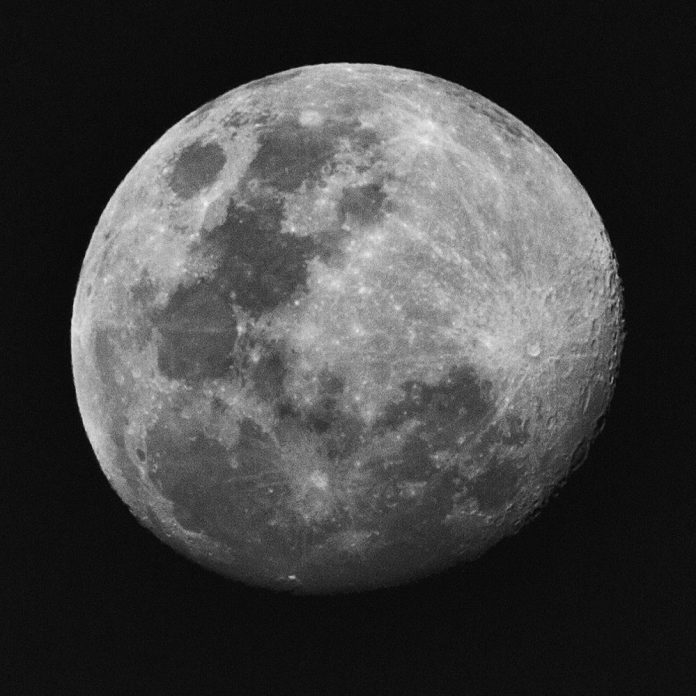NASA Moon mission spending is over-budget by $6 billion, according to the Inspector General, and will cost $100 billion. (Opinion)
The nebulous nebula that is Congress cannot escape from a vast black hole of wasteful spending. The debt ceiling debacle demonstrated that lawmakers are light-years away from sustainable spending reforms. One problem is that agencies, such as the National Aeronautics and Space Administration (NASA), have had a veritable blank check to waste taxpayer dollars as they see fit. For example, NASA’s mission back to the moon has already been plagued by scheduling delays and cost overruns, and taxpayers will likely have to shell out $100 billion before another “small step” can happen. Policymakers must reassess mission priorities and blaze a better path forward before more taxpayer dollars are shuttled to NASA.
According to a new audit by NASA’s Inspector General (IG), the agency’s Space Launch System (SLS) rocket slated to ferry astronauts to the moon is an astounding $6 billion over budget. NASA had originally thought that using some of its older technologies (e.g., Space Shuttle and Constellation Programs) would save the mission money and incorporated these savings into initial cost estimates. But, “the complexity of developing, updating, and integrating new systems along with heritage components proved to be much greater than anticipated” and costs have skyrocketed out of control.
NASA has also had an exceptionally difficult time keeping its contractors at budget. The IG notes, “NASA used cost-plus contracts at times where we believe fixed-price contracts should have been considered to potentially reduce costs, including the addition of 18 new production engines under the RS-25 Restart and Production contract and acquisition of Artemis IV booster long-lead materials under the BPOC letter contract.” Award fees are out of control, and contractors have no incentive to adhere to a bottom line.
SLS rocket costs are only a small quadrant in a wider galaxy of wasteful mission spending. The IG found that NASA has already spent $40 billion to get astronauts back to the moon and will likely spend close to $100 billion total on the endeavor. Even if this mission is “successful” and astronauts manage to build a lunar base and conduct research free from harm, the goalposts for manned missions will shift at taxpayers’ expense. Combined mission (and settlement) costs to the Moon and Mars could easily rival interest payments on the debt—which are projected to grow significantly due to ever-rising expenditures and climbing interest rates.
The exorbitant space exploration bill could be justified if mankind was on the brink of destruction and mired in a sci-fi dystopia and had to leave the Earth pronto. If policymakers got their heads out of the clouds, they’d realize that robotic exploration can complete missions at a fraction of manned exploration costs. Cambridge cosmology and astrophysics professor and astronomer royal Martin Rees rightly notes, “the practical case (for human spaceflight) gets weaker and weaker with every advance in robotics and miniaturization.” America’s space agency seems to agree: “[r]obots don’t need to eat or sleep or go to the bathroom. They can survive in space for many years and can be left out there—no need for a return trip!”
And prolonged human forays into space are not without their health risks. The risks— ranging from radiation to the psychological impacts of isolation—can squander precious lives and lead to all sorts of mission complications.
That’s not to say that humans should never endeavor toward the stars. But, given the large costs and risks currently thrust on taxpayers, manned exploration makes more sense as a private-sector undertaking. Companies are already signing up to develop the successor to the International Space Station. There’d surely be upside in taking private ambitions to the Moon and Mars, especially if these celestial bodies could serve as bases for asteroid mining. And naturally, many would pay top-dollar to step foot on an alien world.
Space is the final frontier, and it’s natural to star gaze and yearn for the cosmos. However, America is more than $31 trillion in debt and cannot continue its wasteful spending practices at NASA and other agencies. It’s time to put the heliopause on NASA and Congress’ spending flare and bring NASA’s budget back to earth.











